ChatGPT: The Mediator
Michael Rabbidge
Thinking about ChatGPT, and both Jono’s and Maria’s thoughts on its potential uses, has left me pondering about the nature of interaction that we, as educators and learners, have with this powerful new form of technology.
I agree with Jono’s summation that most initial reactions to new technology are grounded in fear of the unknown. This fear of the unknown is a form of protectionism in some ways, as it shields people from the dangers that may be lurking out there in the world we can’t understand. But at this point in the game, I think there is enough information out there to allay fears people may have regarding ChatGPT.
Together, Jono and Maria layout several effective uses for how ChatGPT can mediate the ability of educators and learners to participate and interact in the teaching and learning of a new language. Mediation is the key here.
Mediation in the Vygotsky sense is the intervention in a process that enhances one’s ability to succeed in said process. If we take the process here as the acquisition of another language, then we see that ChatGPT is a formidable tool that can mediate this acquisition. Artifacts such as dictionaries and textbooks have long been used to mediate our ability to learn a language, something often referred to as object-regulation. This describes how an object mediates our ability to interact with a concept during the process of internalizing the concept. Likewise, other-regulation, via teachers and more knowledgeable others, is a form of mediation that creates opportunity for new knowledge internalization via interaction with people who know more about a concept than ourselves.
The natural progression from object or other regulation is to self-regulation, where we can start to mediate our own interactions and internalization of a concept. This is the point where we can start to use our acquired language to learn more about the language itself.
For me, ChatGPT embodies both forms of object and other regulation in a single entity, as it has the physical characteristics of an object (latent knowledge waiting to be accessed) as well as the interactional capabilities of a more knowledgeable other (interactional language capabilities, like asking it a question and it actually responding with something thoughtful!).
Why wouldn’t people be drawn to such a powerful new tool? It has the capability to further mediate our cognitive abilities in ways previously unimagined. Fear of cheating and the like exist outside of technology, this fear manifests in the individual and mediates people’s ability to accept new technology. ChatGPT is a tool, nothing more, and it is people’s use of tools or perceptions of their potential that clouds judgement. A hammer can both build and destroy. But the hammer can’t tell you what to do, or what its possible meaning potentials are.
One beneficial aspect about ChatGPT that the hammer lacks as a tool is that you can actually ask it about the potential positive and negative effects of its use in language acquisition. This is what Maria asked ChatGPT, and its response may be considered a relatively honest account of its capabilities, reinforcing for me a lack of danger inherent to the tool itself and how any perceived dangers are most likely our own projections.
